The rumor mill for the iPhone 4S began almost as soon as Apple released its iPhone 4. Better camera, faster processor, bigger screen, fire-proofing, cordless charging…leaps tall buildings in a single bound. The list goes on and on. We now know which of those predictions have come true. But instead of simply guessing, Apple’s competitors could have figured out not only what Apple was likely to do but how well they would be able to execute on it.
How? By looking at the strands of the company’s culture and history that limit and direct its behavior and translating what they found into a strategy map. Designed by Harvard Business School professors Robert Kaplan and David Norton, a strategy map is a relatively simple diagram.
It describes how a company creates value by linking strategic objectives to its operations and it provides the key measures of success.

Take Starbucks, for example. Starbucks can command a premium price over most of its rivals (perhaps not so unlike Apple) because it sells more than coffee and other beverages; it also sells a lifestyle.
Starbucks’ strategy map would not measure billboard or newspaper ads as key metrics because unlike its competition, this is not what creates value for the firm. Instead a Starbucks map would show metrics measuring the growth of its social networking, penetration rates through its community partnerships, the length of time customers spend in the company’s homey, comfortable stores.
Contrast these metrics with Dunkin’ Donuts, a firm all about fast food, comfort food and lots of traditional advertising. Dunkin’s map would have very different set of measures.
For Dell, a strategy map would show a company dedicated to offering customized PCs and laptops to customers with the greatest efficiency possible. Bent on squeezing out costs, the strategy would be tracked by such metrics as assembly costs, order-processing time, inventory turnover, and online customer support. In fact, that is precisely what a group of technology strategy professionals concluded in a recent exercise in which they constructed a strategy map of Dell.

But the map is only the starting point. To figure out the intentions of a competitor and its ability to execute on them, you have to look at each measure of success and find out who knows what about each one. It takes diligence, research, and a willingness to seek out sources of vital information.
By following the strategy map in these and many other directions, you can learn much about the style and features of the product, what the volume of its production may be, and even insight into the company’s market expectations. Start far enough ahead and you can plan your competitive responses.
Source Forbes
Strategy Map









.jpg)
.jpg)
